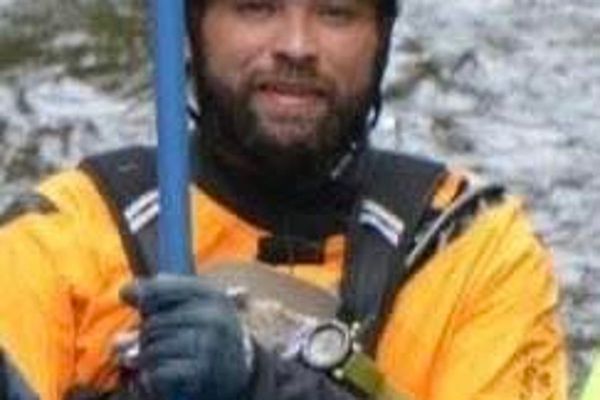When social media giants pay "entertainers" with their huge legion of followers to create their own version of the truth, veteran journalist Peter Clack says the likelihood of any real truth emerging is very slim indeed.
The former Canberra Times crime reporter has published his first book since his infamous and controversial Firestorm, which painfully exposed the many deep flaws that contributed to the death and destruction wrought by the 2003 wildfires that destroyed a huge swathe of western Canberra.
Built on his own interviews and news reportage from the time, Firestorm condensed hundreds of pages of dry government reports, testimonials and coronial hearings into a sharply-written 160 pages that ruffled feathers and badly scored reputations right across the ACT government and its emergency services.

It presented many uncomfortable truths, particularly of ACT government mismanagement, and upset a lot of people. But then, that was always the Peter Clack way.
His latest publication, published on Friday and entitled Bloodstains on the Cocaine Trail, suggests a Hunter S. Thompson-style expose of the narcotics scene, gangs and violence.
But instead the drugs and violence form part of his broader narrative about crime in general, and the change in the old-style method of reporting it.
He reflects too, in part, on how much has changed with the arrival of the internet and online audiences which death-scroll on their phones at a frantic rate, skimming across important issues, sampling this and that, their consumption controlled and managed by an all-powerful computer algorithm.

To gather early material for this book, Clack travelled to the US in the mid-1990s on a Churchill fellowship and gained unprecedented access to the editors and crime reporters on some of the biggest and most influential newspapers at the time, as well as the heads of police departments.
"You could never get that level of access now; those days are gone," he said.
"I was so fortunate to have been across there, in the US and Canada and the UK, at that time when newspapers - or mastheads I guess they call them today - were at their best.
"So I had that background, all those great interviews, all that information sitting there so I could capture the sense of the time, and then project forward into today's news environment."

It portrays the mind-numbing extent of gun crime across the US and how major newspapers struggled to tell their readers those stories given the sheer volume of it, and how the police he interviewed had become "conditioned " to it.
"At the Los Angeles Times when I was there, there was an enormous amount of weekly homicides and gang-related violence," he said.
"But when I interviewed the editor he said that it was too difficult to report such a volume because they couldn't make any sense of it. By then, the Los Angeles Times and the LAPD [Los Angeles Police Department] didn't even talk to each other."
But it was happening right across the nation in the mid-1990s. In 1994, the city of New Orleans, then with a population not much bigger than Canberra - 417,000 people - there were 424 killed, mostly through gun violence.
"It was a record year for homicides and New Orleans was crowned America's Murder Capital," he said in the book.
While visiting police in Chicago's southside, known as Area Four, he said so many offenders were arrested that all the city's available prison accommodation was full.
"Around 9000 felons were already locked up in the local prison with 1500 in one building," he said.
One of the Chicago Tribune's most feted crime reporters, "Brilliant" Bill Recktenwald, often assumed other roles such as a hospital attendant or a barman to gather his stories. Recktenwald and three other journalists somehow managed to acquire a tavern, set up hidden cameras, and record city officials coming in for pay-offs.
"How could you do that today? Impossible," Clack said.
Clack said a really troubling development of late was that the surge in US gun violence that he reported was now on returning. At the end of October this year, more than 35,000 people across the US had been killed by firearms.







